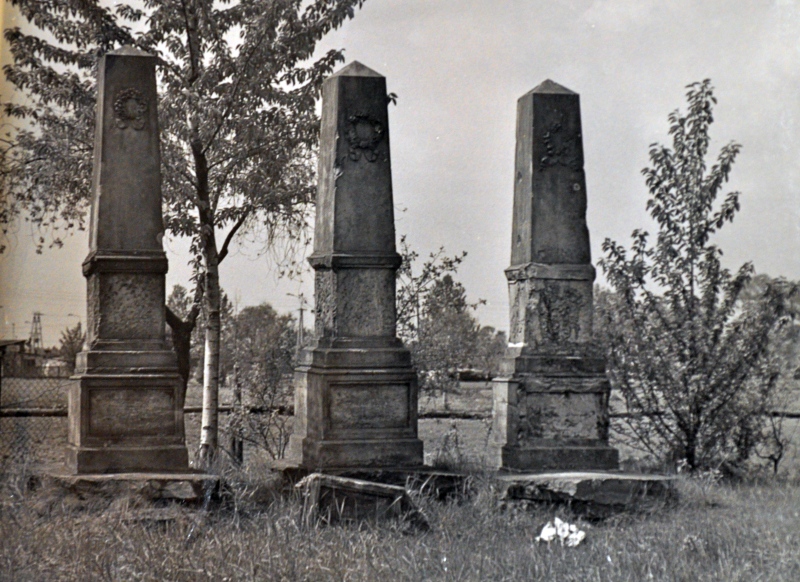Gajówka is a village that was about 3 km away from Stoczek Węgrowski. It no longer exists today, having become part of that town. Before the war, it was inhabited by just a few families in 7 houses, including the Radzymińskis – Leokadia, Bolesław and their children: Mieczysław, Edmund, Danuta and Helena.
When the Germans began liquidating the ghetto in Stoczek on 22 September 1942, the Jews sought refuge in the surrounding villages from deportation to the nearby Treblinka extermination camp. On the day of the deportation, Hesia (Haszka) Farbisz was taken to the Radzyminski buildings. She was about 10 or 11 years old at the time and was the only member of her family to escape the German encirclement. She stayed with a Polish family for nearly a month. As she was moving freely around the farm, the neighbours decided to warn Radzymiński to hide her. She was led to a forest bunker by Mieczysław, where she survived until the Germans withdrew from the area in August 1944.
Over time, it became apparent that there were many Jews hiding in the area. They managed to survive, thanks to the help of Poles. They only came to the village farms at night to cook food for themselves. Estera and Majer Olszak, Icek – Estera’s brother – and Hanna with her mother (surnames unknown), as well as another couple with two boys (probably Ela and Sara Tadełbaum), stayed regularly with the Radzymińskis who lived near the forest. Those people gathered their food in the fields, and in the winter season they received food from friendly peasants. Strict conspiracy was obligatory – people hiding in forests and bunkers were not allowed to visit villages in groups. Only single people went to get food, to avoid leaving too many footprints in the snow, which could lead to the trail of the hiding place or suggest too much traffic around the huts, especially the ones standing on the edge of the forests.
The Radzyminskis never decided to keep the Jews at their farm buildings because the Germans were constantly penetrating the area, carrying out inspections of the village cottages in search of hidden Jews.
All of the nine Jews who regularly visited the Radzyminski family for two years survived the occupation. A long post-war correspondence between Helena Radzymińska and Hesia Farbisz testifies to the cordial relations that prevailed between the rescuers and the rescued.





